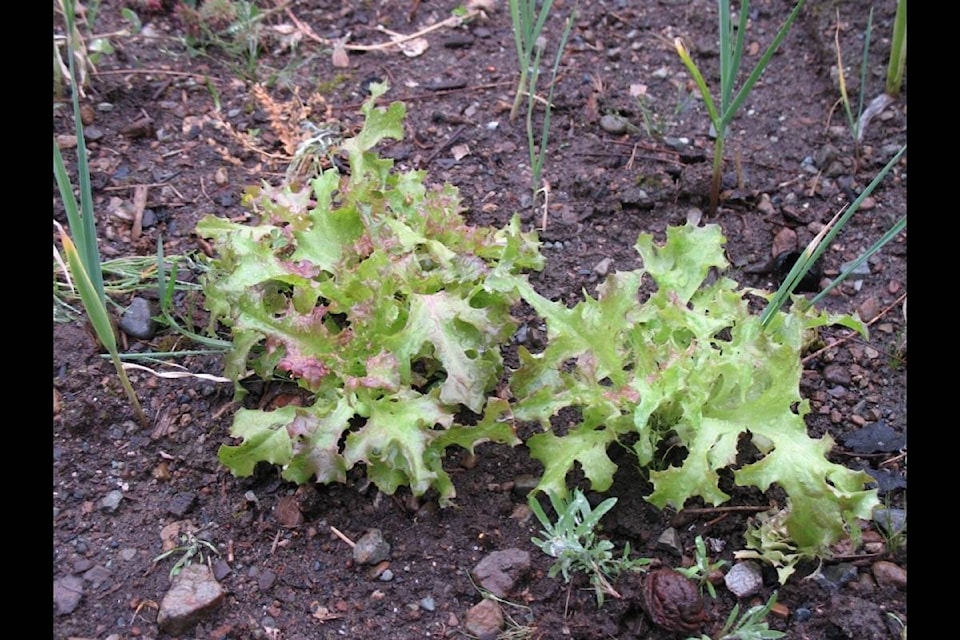Sap from lettuce stems gained such a reputation as a tranquilizer in the 1800s that it was used as an anesthetic in surgery, and even today a drug called “lettuce opium” is still produced from lactuca vinosa. To each their own.
I grow lettuce because it tastes good and, along with other leafy greens, is the most nutritious vegetable in the garden.
Lettuce grows so easily that stray seeds from last year took root and shot up unbidden in the spring. In the fall I’ll intentionally sow seeds in a bed and see what sprouts next year.
If you happen to have an abundance of wine you could emulate Giovanni Porta’s sixteenth century experiment. “Water them in the evening with new sweet wine.” he reports, “Let them drink from three evenings together as much of that liquor as they will soak up, it will cause sweet lettuce.”
Methinks that if someone has that much of a surplus they should enter a twelve step program.
“Hi. My name is Giovanni and I’m a gardener.”
Lettuce falls into one of five major groups: head, loose leaf, curly, cutting lettuce, and cos. I like all of them but my favourite is butter lettuce, a head lettuce. Cut when three-quarters grown, butter lettuce cannot be matched by anything I can buy.
To grow fine lettuce, I follow four rules: provide excellent soil, water well after the rainy season, sow every ten days and thin the plants. I water lettuce every three or four days with soaker hoses as they become dry and bitter otherwise. Sowing every ten days ensures a continuous supply, right through to fall. I figure out how many we’ll eat in ten days and sow enough, including extra for thinnings. My lettuce bed follows a rotation with other crops on the shady side of the house so it germinates well even in mid-summer. I plant the seeds deeper then and water them every day until they emerge. Once they’re a few inches high I begin to thin them so that the growing heads never touch each other.
When lettuce, or any plant for that matter, gets crowded, it can’t absorb all the nutrients it needs and growth is checked.
In the kitchen, lettuce may be the most versatile, trouble-free vegetable I know of. Though some chefs turn their noses up if a salad contains anything but leafy greens and herbs, I often toss mine with whatever looks good in the fridge. I use it in sandwiches, tacos, smoothies and as wraps around fillings like tuna salad, which is not such a new idea when one considers that before the invention of waxed paper, people used to wrap their sandwiches in lettuce leaves to keep the bread fresh, then they’d remove the lettuce and put it into the sandwich.
Still, nothing beats a juicy, sweet salad freshly-cut from one’s own garden.
David says I am ignoring fresh picked green peas. He may have a point, but this is my column. If he disagrees he can write a letter to the editor.
